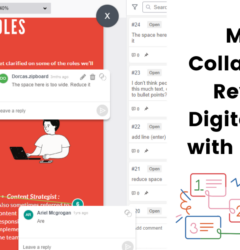MEP Document Management: How to Streamline Reviews & Avoid Rework
Table of Contents
Toggle
If you’ve ever dug through 47 email threads looking for the latest HVAC drawing, you’re not alone. Most MEP project managers and BIM coordinators lose hours each week to version chaos, missed approvals, and last-minute rework.
This isn’t another theoretical article—it’s a practical guide to help you fix that, starting Monday morning. This step-by-step framework will show you how to move from reactive chaos to proactive control in your MEP document management.
The need for a better way is clear: outdated methods like email-based reviews and a lack of coordination lead to serious inefficiencies. In fact, poor documentation streamlining is a key reason why many construction projects run significantly over budget and behind schedule.
Why Documentation & Review Challenges Persist in MEP Projects
The complexity of MEP projects, involving multiple stakeholders such as designers, contractors, subcontractors, and clients, creates significant documentation challenges. Traditional methods, like relying on email and static PDFs, lead to version control issues and miscommunication. A study by McKinsey found that 40% of construction projects suffer from poor documentation practices, resulting in additional costs and delays. To overcome these challenges, adopting modern digital tools and standardized workflows is essential.
The 4 Pillars of Modern MEP Document Management (Practical Solutions)
To make this actionable, we’ve structured these strategies as foundational principles, with specific examples and visuals.
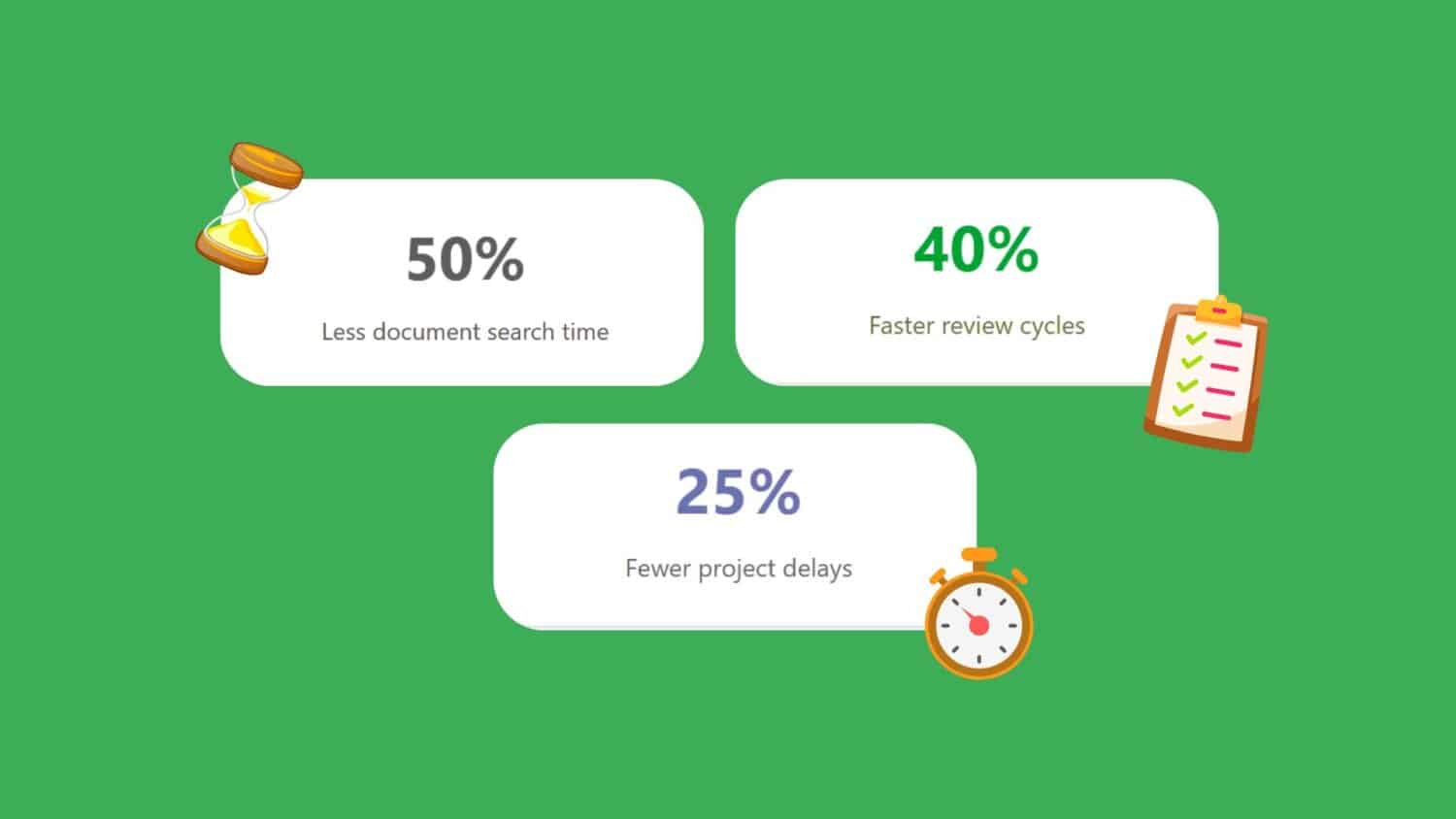
Centralize Documentation in a Single Source of Truth
Centralizing in a cloud-based Common Data Environment (CDE) ensures all team members access up-to-date info, reducing email chaos. PlanGrid studies show this can cut document search time by 50%.
By pairing your existing CDE with a specialized review tool like zipBoard, you can streamline the approval process while maintaining your current data structure, so that trade contractors like electricians can instantly see updates and avoid on-site rework.
Standardize Templates & Naming Conventions
Standardizing ensures clarity and searchability in BIM document management. A contractor reported 30% less search time with this approach, minimizing errors across projects.
Use a naming system like “P123-M-DWG-L02-V3” (Project-Trade-Type-Location-Version)—ideal for MEP project managers organizing digital MEP submittals. For facility managers, this eases long-term asset tracking.
Implement Digital Review & Approval Workflows
Automate reviews with MEP coordination tools for real-time notifications and audit trails, cutting review time by 40% per Trimble Connect.
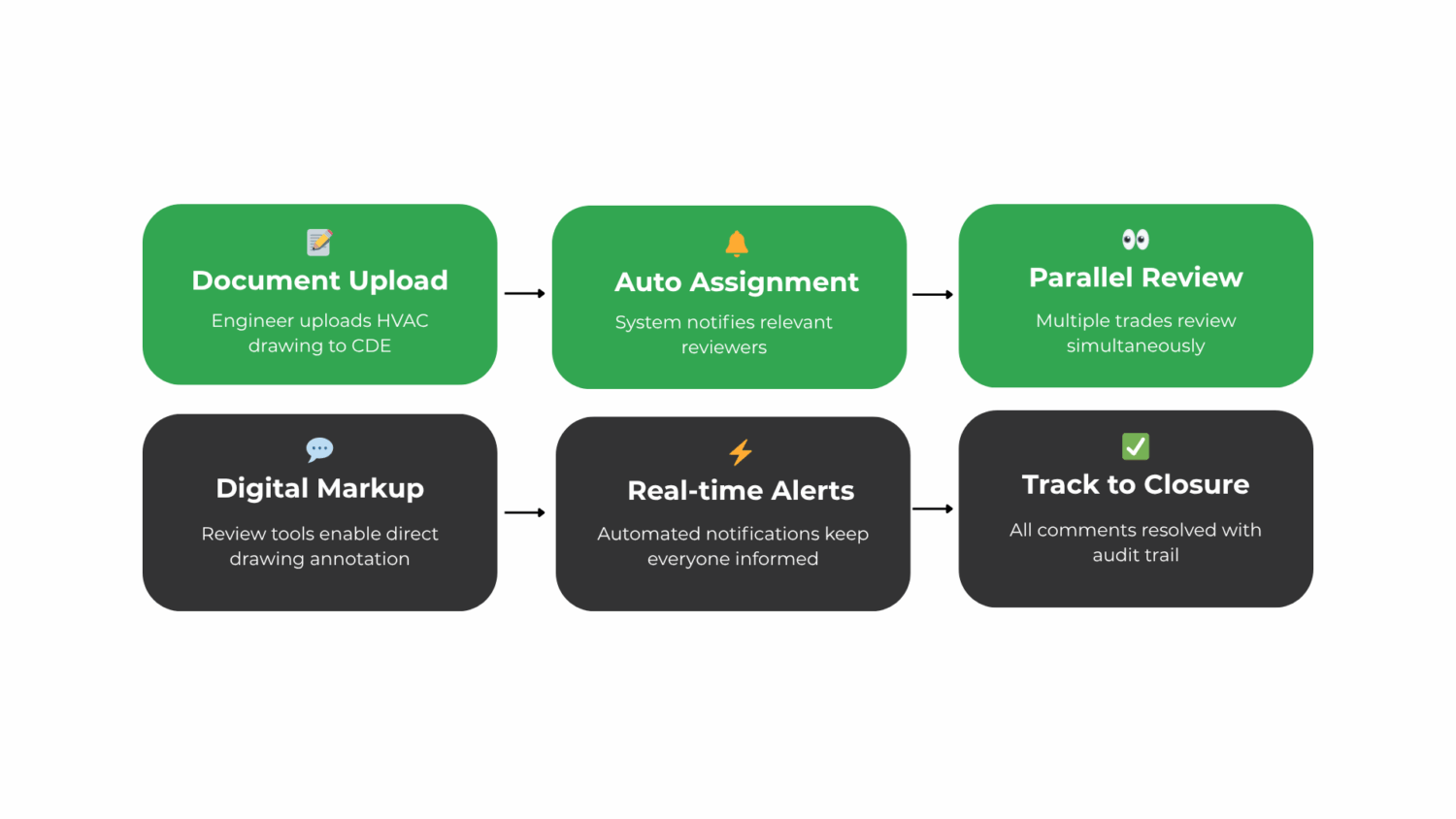
An electrical contractor flags a power conflict via digital markup; the mechanical engineer gets notified instantly, preventing rework—perfect for collaborative teams. For instance, zipBoard’s automated workflows can streamline this by integrating review requests with notifications, ensuring quick approvals.
Track Reviews with Analytics & Dashboards
Use dashboards to spot bottlenecks in construction review workflows, reducing review time by 30% according to Asite.
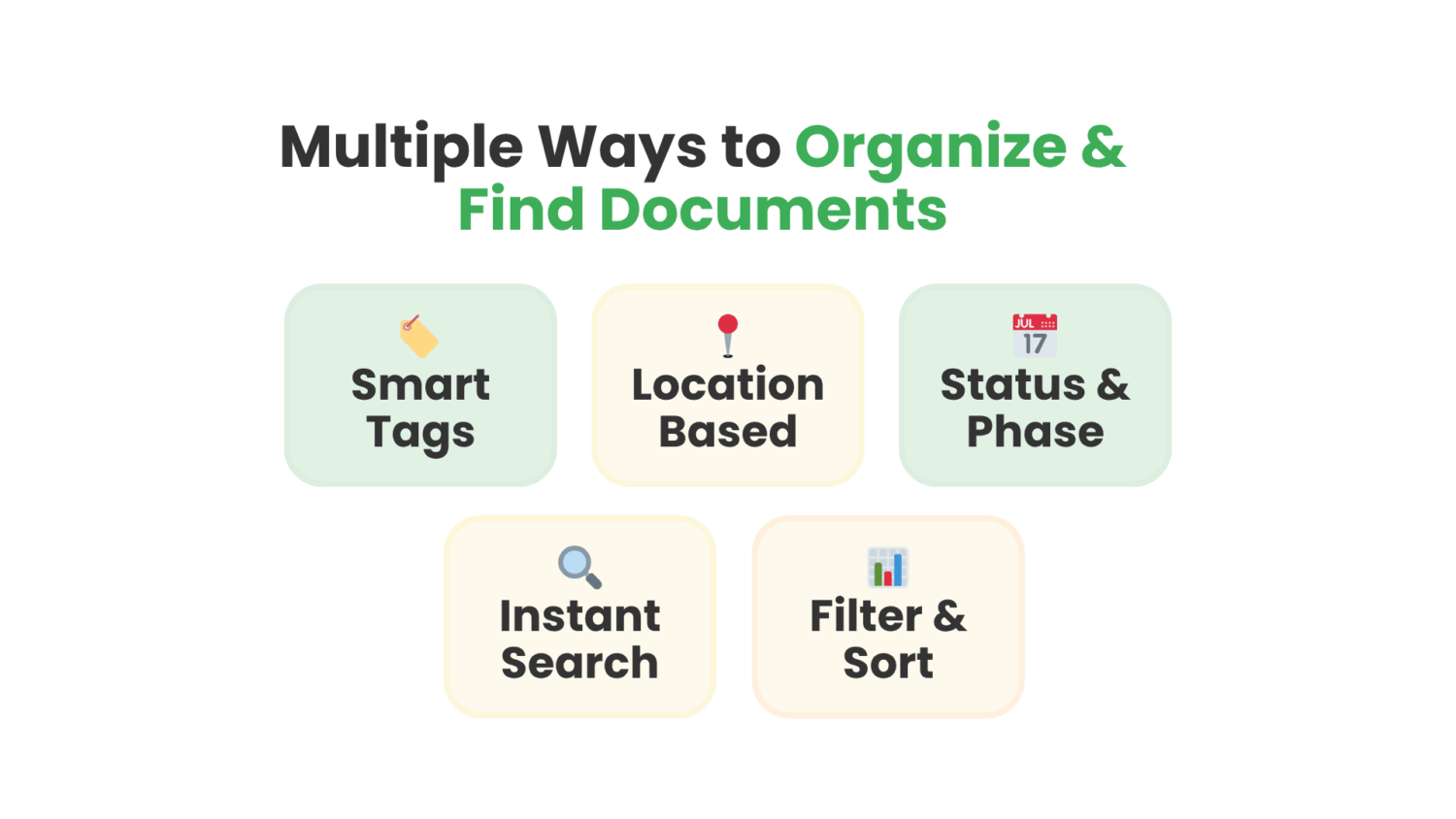
Construction executives can monitor metrics like “average review turnaround” to justify investments, while facility managers track compliance for handover.
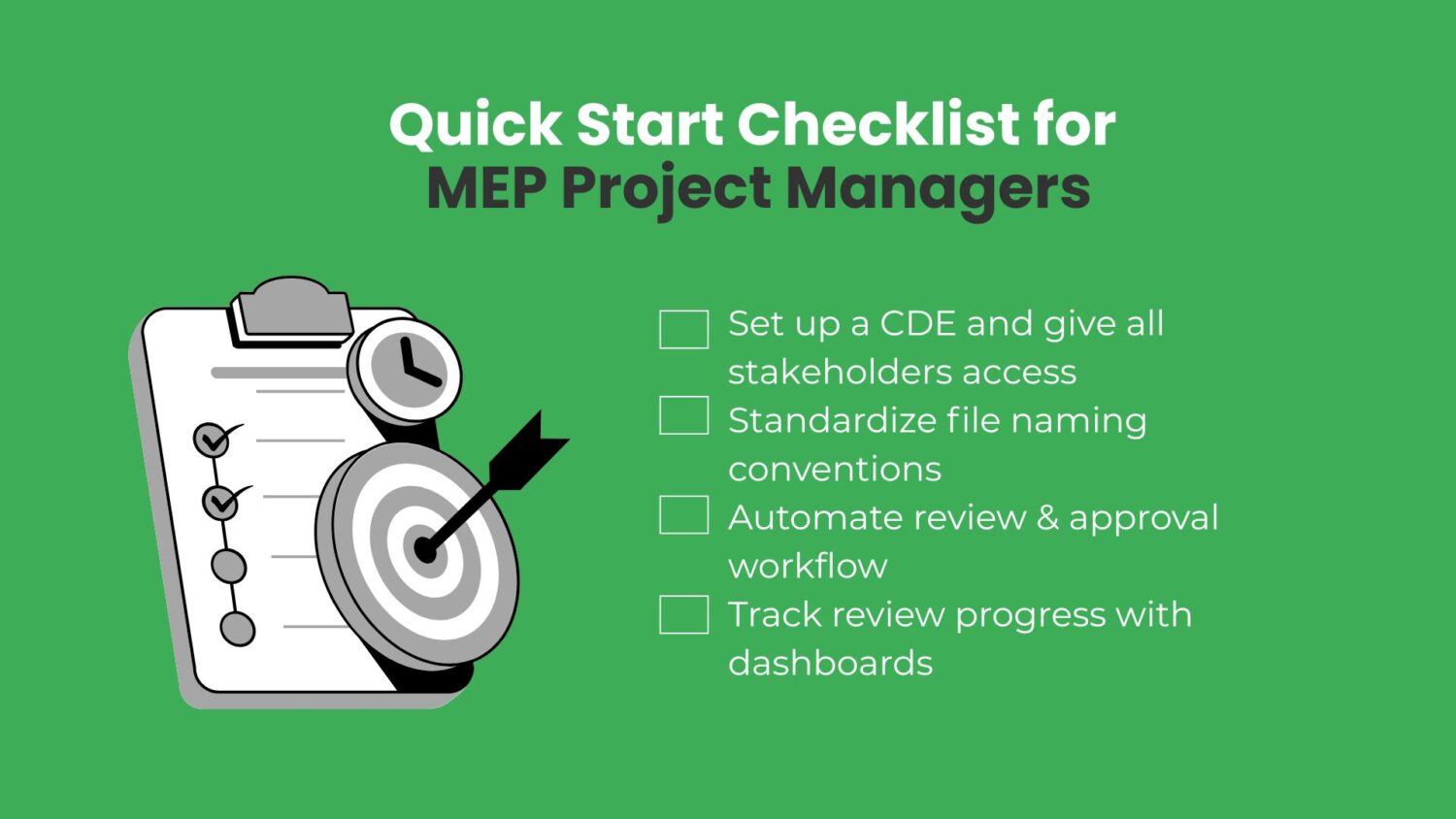
Tools & Technologies That Can Help
CDE & Project Management
CDE tools, such as Procore and Autodesk Construction Cloud, are helpful for project management and document storage. Furthermore, add a specialized review tool like zipBoard to create structured workflows on top of your existing systems. This adds digital markup, automated notifications, and approval tracking without disrupting your current setup.
Review-Specific Tools
Bluebeam for digital markups in MEP review process can be beneficial to enhance efficiency. Other tools like Trimble can help in MEP estimation to create accurate estimates, including material pricing and labor. Pairing Bluebeam for measurements with a centralized platform like zipBoard for version control and approvals creates a robust feedback loop. The accurate takeoffs from Bluebeam are validated and approved centrally, and then utilize estimation tools like Trimble for final costing.
Collaboration Integrations
Slack or MS Teams for real-time alerts, integrated with AI for smart scanning. This ensures the team receives instant notifications about new shop drawings, review requests, and approvals, preventing delays.
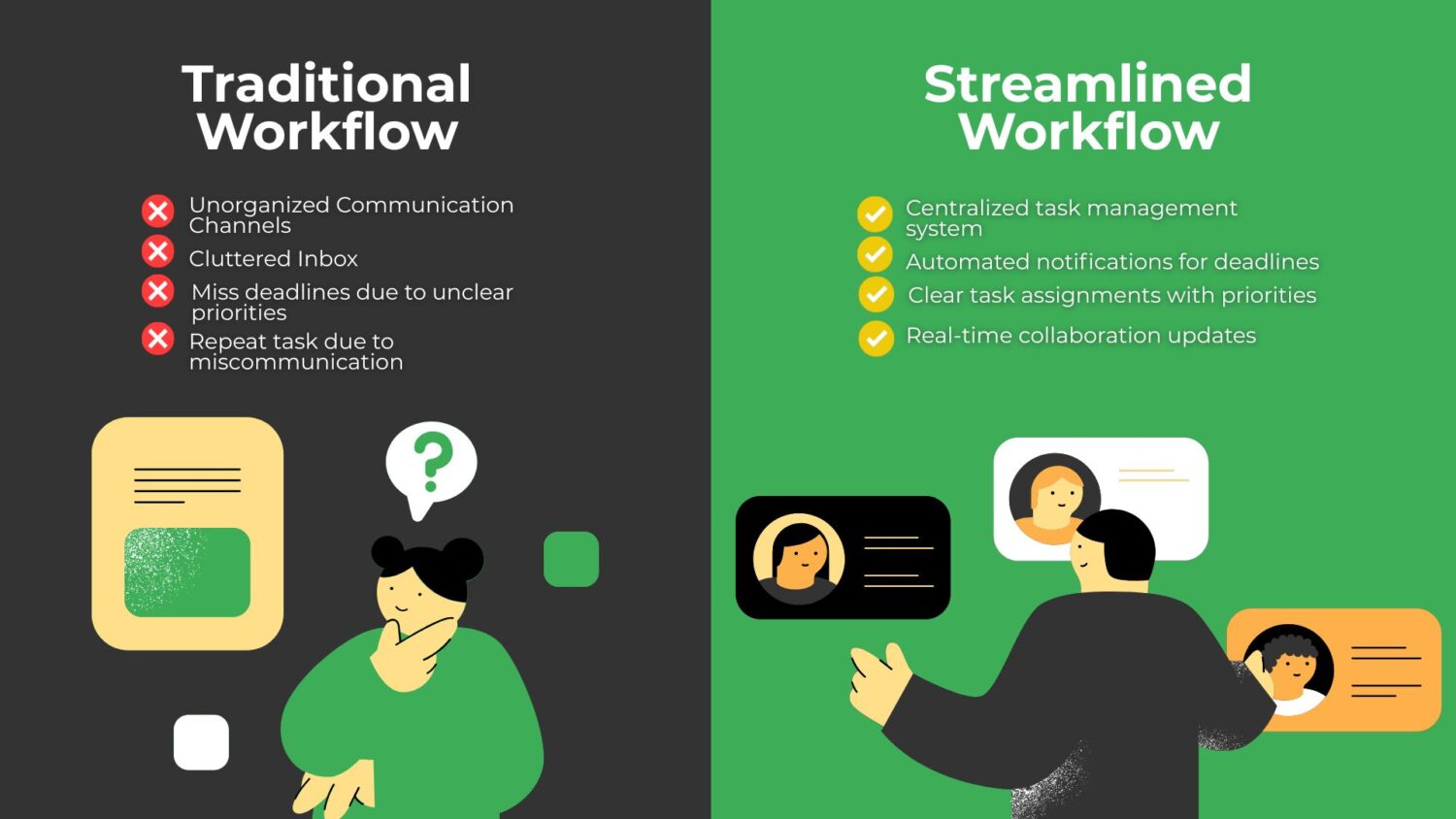
Best Practices to Avoid Rework & Chaos
To avoid rework and chaos, it is essential to set clear deadlines for reviews, train staff on digital workflows, and use real-time notifications instead of daily email dumps. Regular audits of documentation processes help identify areas for improvement and ensure compliance with standards and regulations. A study by Dodge Data & Analytics found that implementing best practices can reduce project delays by up to 25%.
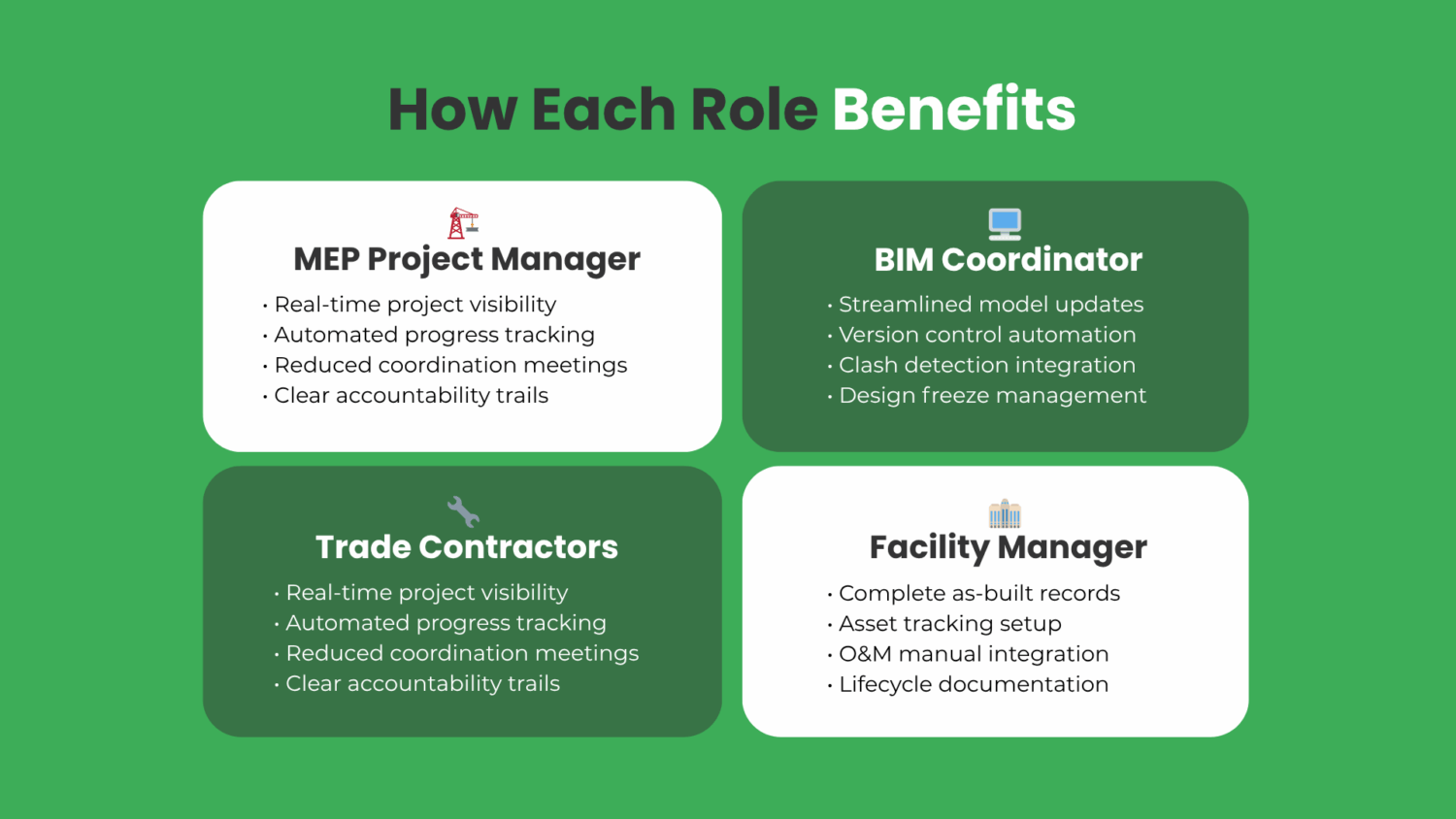
Future Trends in MEP Documentation
By adopting these strategies for streamlining MEP documentation and improving review process efficiency, teams can significantly reduce rework, eliminate “email chaos,” and boost collaboration. For primary audiences like MEP project managers, this means faster workflows and greater control over project timelines. Meanwhile, secondary stakeholders such as trade contractors and facility managers benefit from error-free handovers, which ensures long-term ROI for the project.
To help you achieve these benefits, we are continuously enhancing our platform. We are developing upcoming capabilities such as AI-driven document review, which will intelligently analyze and flag potential issues, and predictive analytics to identify and resolve review bottlenecks before they cause delays. We are also building automated versioning to ensure everyone is always working on the most current drawings without manual effort.
Ready to cut review times by 40% and eliminate version chaos?
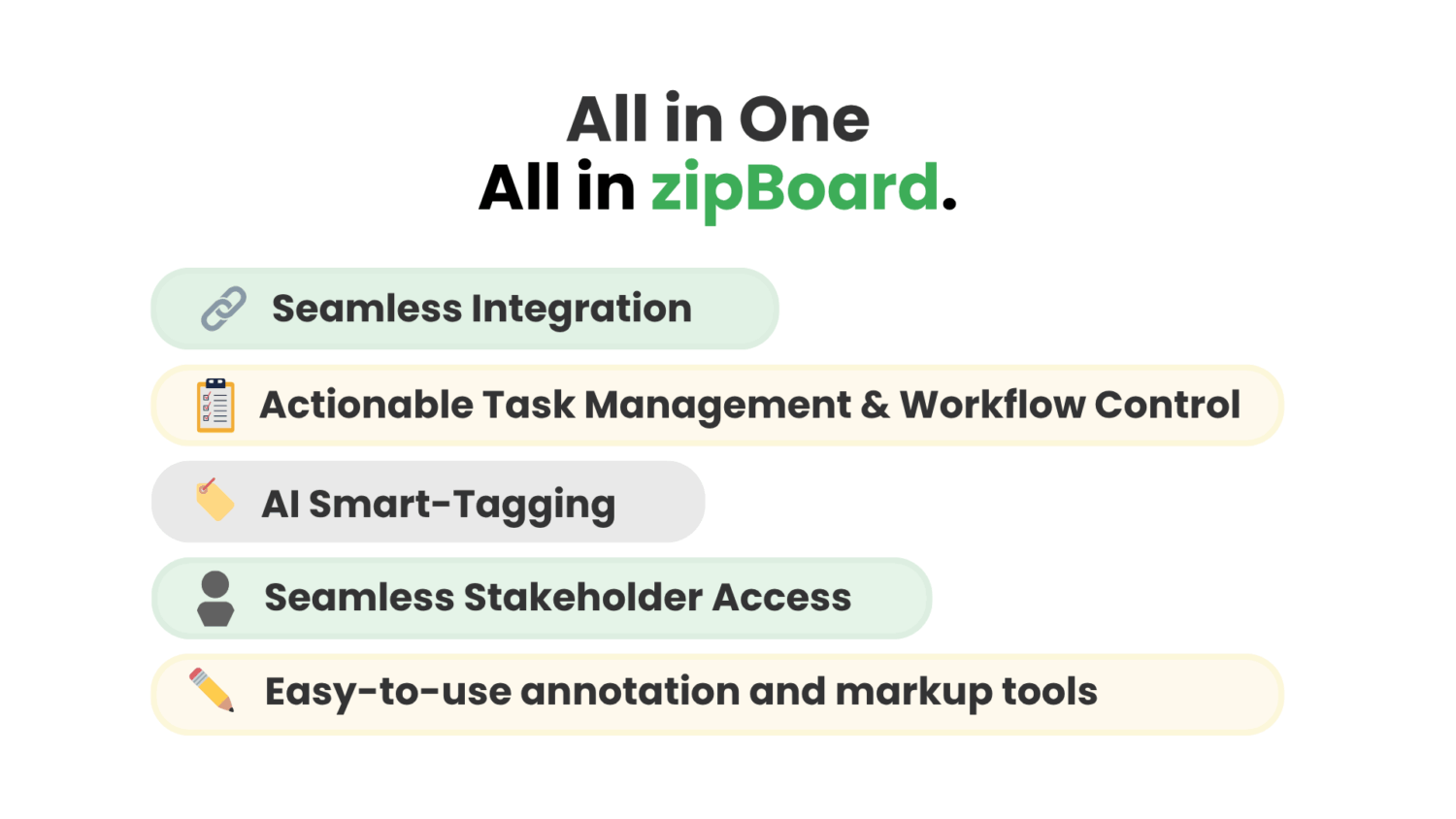
Start your free trial of zipBoard today and see how easy it is to streamline MEP document management - from submittals to approvals.
Recent Posts
- MEP Document Management: How to Streamline Reviews & Avoid Rework October 3, 2025
- What Is Online Proofing Software? And Why Content Review Breaks Without It July 11, 2025
- How Laerdal Medical Cut eLearning Review Time by 50% with zipBoard’s Visual Review Tool July 9, 2025
- Why Your Team Needs a Content Feedback System (Not Just Comments in Docs) May 28, 2025
- Content Approvals Are Slowing You Down — Here’s the Fix May 26, 2025
©️ Copyright 2023 zipBoard Tech. All rights reserved.


